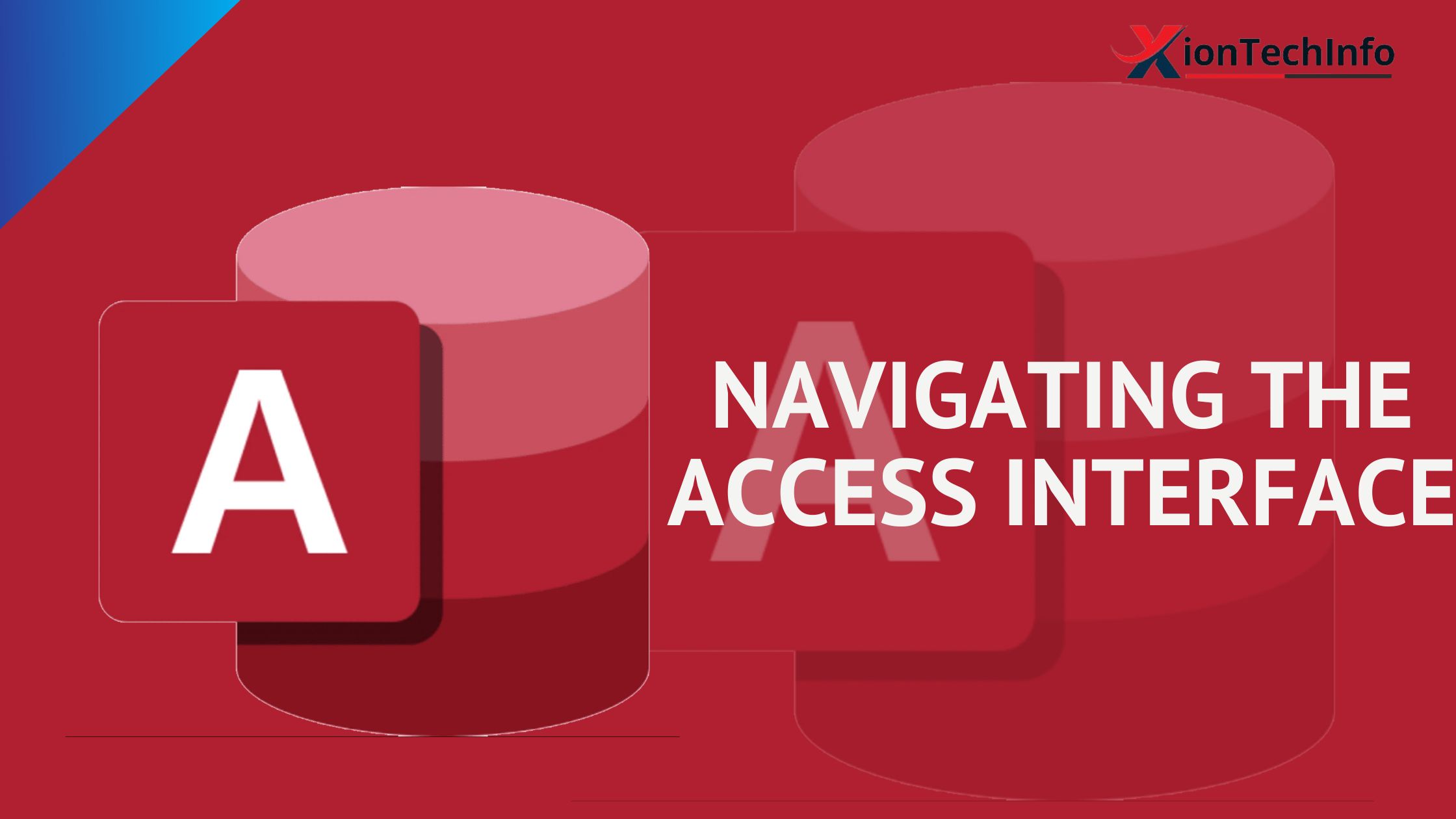Microsoft Access offers a powerful platform for managing databases, providing users with intuitive tools and features. Central to the Access experience are the interface, ribbons, and commands, which allow users to interact with their databases efficiently.

Table of Contents
Understanding Access Ribbons
Access ribbons serve as the primary means of accessing commands and features within the software. Organized into tabs, each ribbon contains groups of related commands, making it easy for users to locate and execute specific actions.
Exploring Access Commands
Access commands encompass a wide range of functions, from basic tasks such as opening and closing databases to more advanced operations like running queries and generating reports. By familiarizing themselves with these commands, users can streamline their workflow and accomplish tasks more efficiently.
Navigating Access Interface
Navigating the Access interface involves familiarizing oneself with the various components and functionalities available. Users can move between different views, such as the datasheet view and design view, to interact with their databases in different ways.
Customizing Access Ribbons
One of the key benefits of Navigating the Access Interface is its customizable interface, which allows users to tailor the ribbons to suit their preferences and workflow. By adding or removing commands, users can create a personalized working environment that enhances productivity.
Executing Access Commands
Navigating the Access Interface is straightforward, thanks to the intuitive interface and logical layout of ribbons and commands. Whether performing simple tasks or complex operations, users can rely on Access to provide the tools they need to get the job done.
Managing Access Interface
Effective management of the Access interface involves organizing ribbons and commands in a way that facilitates easy access to frequently used functions. Users can rearrange tabs, create custom groups, and pin favorite commands for quick access.
Utilizing Navigating the Access Interface Features
In addition to basic commands, Access offers a range of advanced features that empower users to tackle complex database tasks. These include creating macros, designing forms and reports, and implementing automation through Visual Basic for Applications (VBA).
Tips for Efficient Navigation
To navigate the Access interface with ease, consider the following tips:
- Learn keyboard shortcuts: Memorize keyboard shortcuts for common commands to speed up navigation and execution.
- Utilize search functionality: Use the search bar to quickly locate commands within ribbons, especially for less frequently used functions.
- Explore context menus: Right-clicking on objects and elements often reveals additional options and commands, providing shortcuts to common tasks.
Benefits of Access Interface Mastery
Mastering the Access interface offers numerous benefits, including:
- Increased productivity: Efficient navigation and execution of commands lead to time savings and improved workflow.
- Enhanced data management: Access to advanced features enables users to effectively organize and analyze data.
- Customized experience: Personalizing ribbons and commands allows users to create a workspace tailored to their needs and preferences.
Common Issues with Access Interface
Despite its many advantages, users may encounter certain challenges when navigating the Access interface, such as:
- Complexity: The wide range of features and options in Access can be overwhelming for beginners.
- Learning curve: Mastering advanced functions may require time and effort, especially for users with limited database experience.
- Compatibility issues: Access may not always integrate seamlessly with other software or platforms, leading to compatibility issues.
Enhancing Access Interface Experience
To overcome common issues and enhance the Access interface experience, consider the following strategies:
- Invest in training: Take advantage of training resources and tutorials to improve proficiency and discover new features.
- Stay updated: Keep abreast of software updates and new releases to take advantage of the latest features and improvements.
- Seek assistance: Don’t hesitate to seek help from online forums, communities, or support resources when encountering challenges.
Conclusion
Navigating the Access interface, ribbons, and commands is essential for effective database management. By mastering these fundamentals and leveraging advanced features, users can optimize their workflow and unlock the full potential of Microsoft Access.
FAQ
What is the Access interface?
Navigating the Access Interface refers to the graphical user interface (GUI) of Microsoft Access, comprising ribbons, commands, and other elements that facilitate interaction with databases.
How do I customize Access ribbons?
Access ribbons can be customized by right-clicking on the ribbon and selecting “Customize the Ribbon.” From there, users can add or remove tabs, groups, and commands to create a personalized interface.
What are some common Access commands?
Common Access commands include opening and closing databases, creating tables and queries, designing forms and reports, and running macros.
